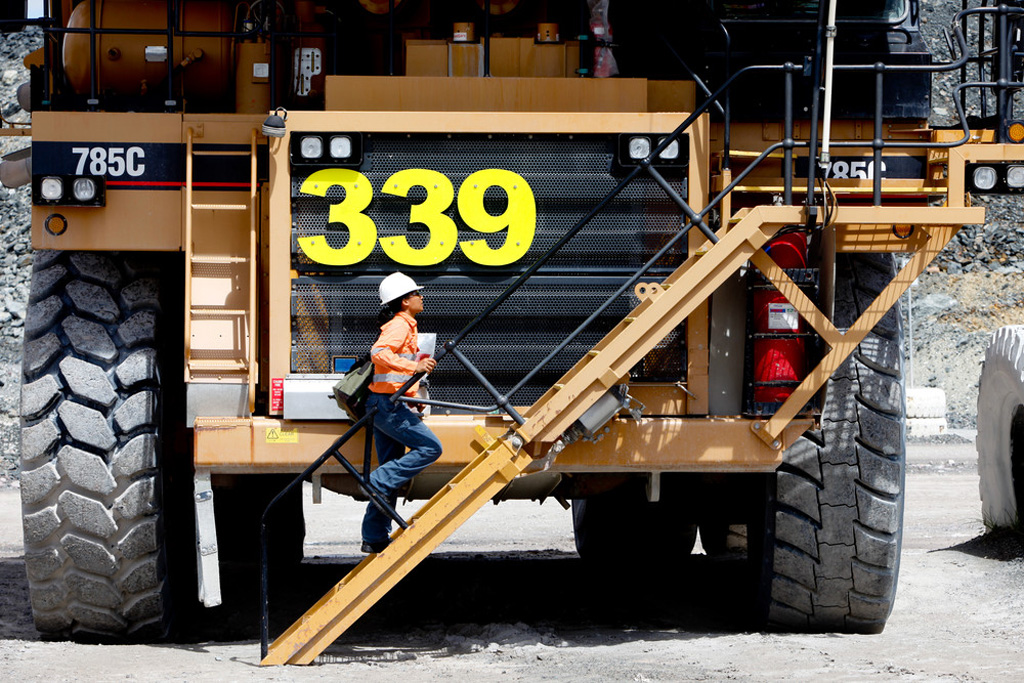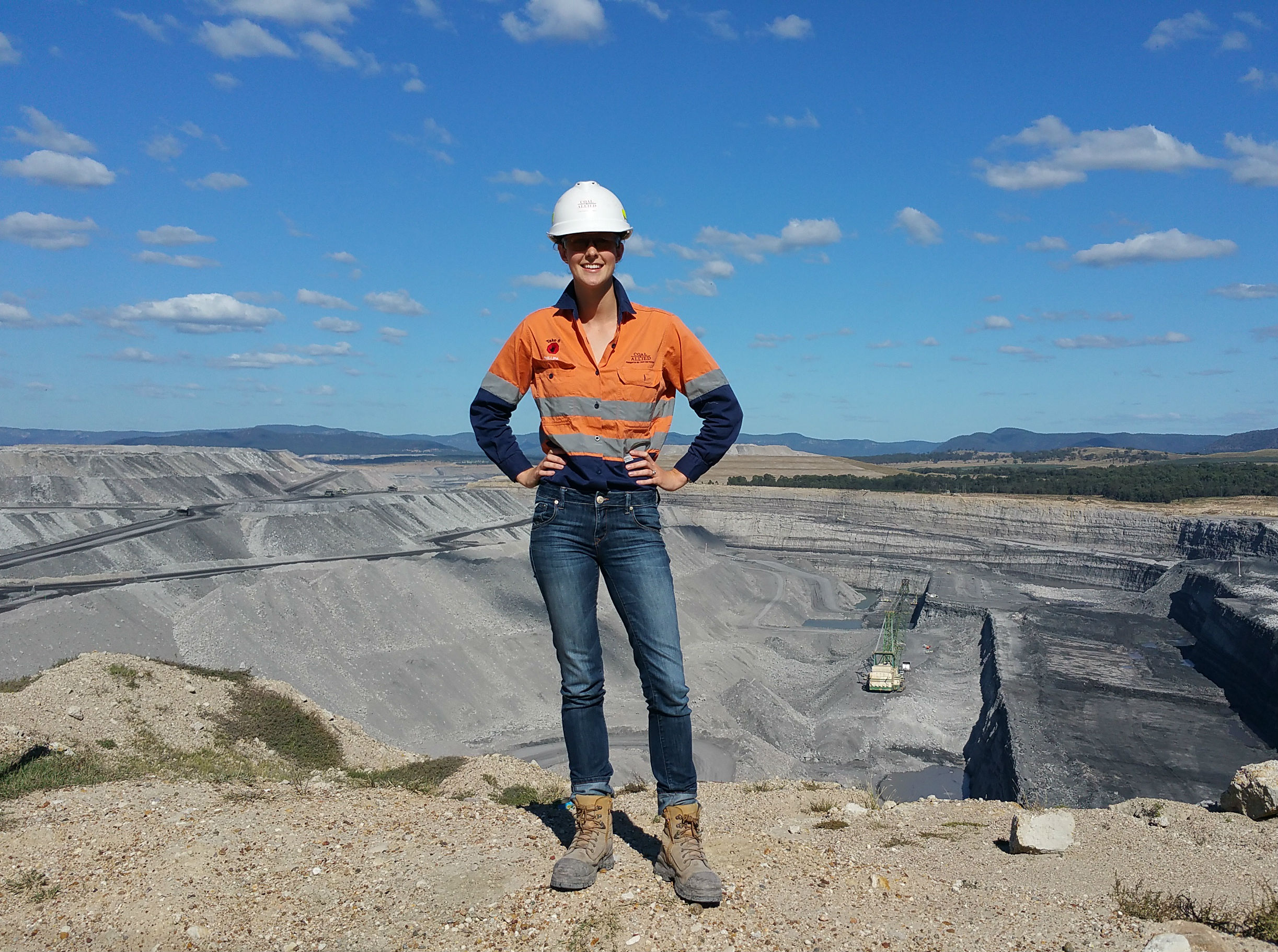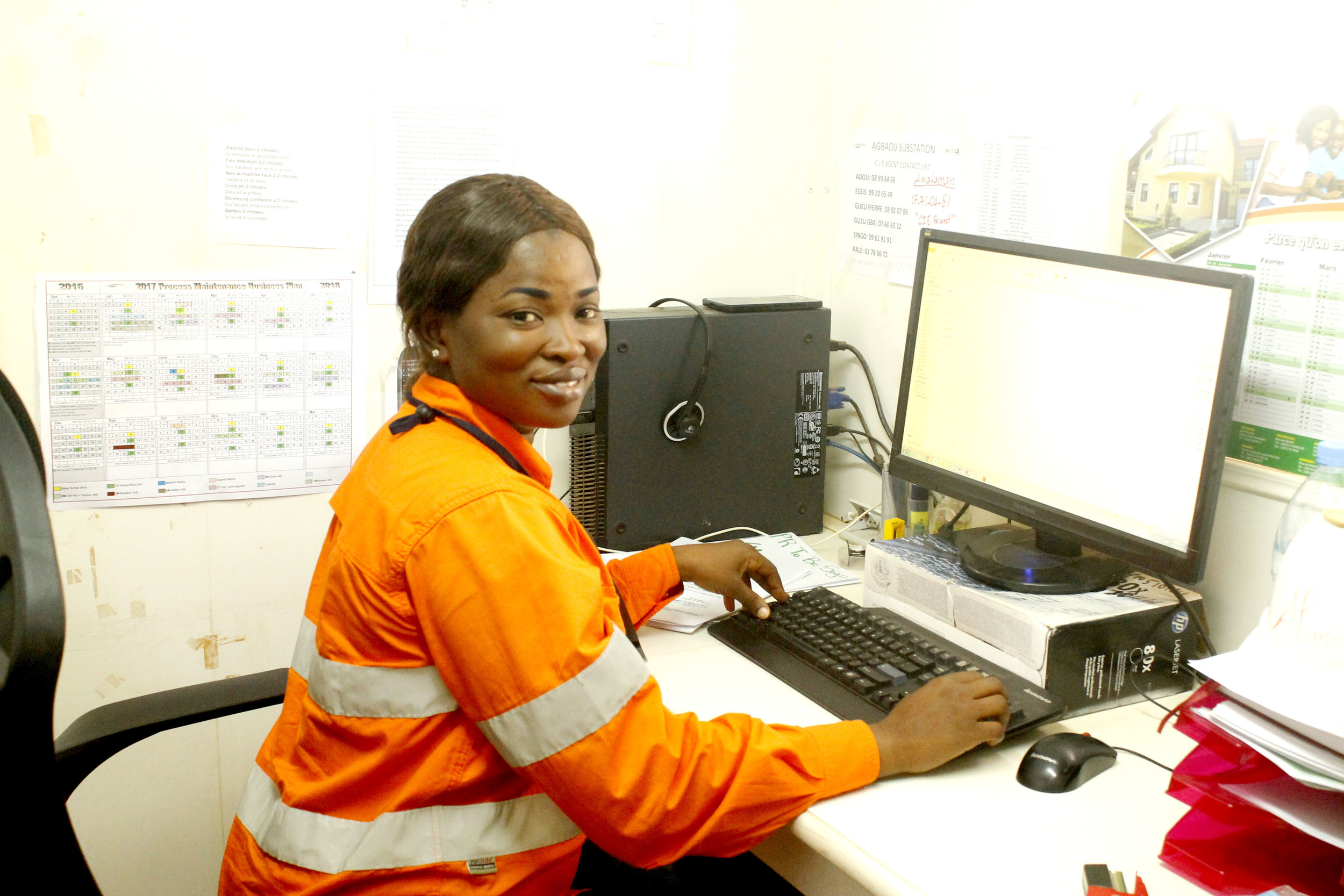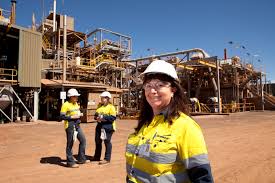Telling stories about gender equality







The mining sector is under scrutiny for its performance on gender issues. Governments, in both developed and developing countries, are paying attention to gender equality in the workplace. Increasingly detailed reporting from companies about their progress are required in many jurisdictions. Investors through pension funds are watching closely, assessing performance. A range of non-government organisations and labour organisations are also active, analysing and advocating.
Recent reporting by the Australian Government’s Workplace Gender Equality Agency (AGEA) makes for sobering reading. Just 16% of the Australian mining industry’s employees are women. The figure for key management personnel is 12.3%. Of those women in the mining industry, 77.4% are in administrative roles.
Major western companies in industries like banking or retail are aiming at 50% of their workforce being women. Some are already there. The largest three Australian mining companies are aiming at 20%, according to their most recent AGEA reports.
There are of course many reasons why there are so few women in mining companies compared to other industries. One of these is that mining is not seen as an attractive industry in which to work for many women. Certainly in western countries, the best and the brightest graduates are often more attracted to industries that offer career advancement while remaining resident in major cities.
There is an important role here for communications professionals to identify and narrate stories of hope and encouragement in order to attract talented young women to the industry.
The role of storytelling in driving behavioural change should be well understood. Statistical analysis and propositional truths rarely engage the emotions, and without emotional engagement, behavioural change rarely occurs. A good story well told will always engage both the intellect and the emotions.
Over the course of my thirty years in the mining industry, I have regularly come across women doing tough frontline roles that would astound those outside the industry. They are not always obvious, or easy to find. But often they have extraordinary heroic stories, which have great emotional valency.
At Oyu Tolgoi in Mongolia, 40% of the workforce is women. This is twice the average across Rio Tinto globally. Historically, there has been a strong emphasis on providing women with high levels of education in Mongolia, so Oyu Tolgoi has been able to recruit highly qualified women across all disciplines as well as in front line operational roles. Women work in both operator and professional roles, and in all disciplines. In Mongolia, female participation in the mining industry is probably the highest of any country in the world.
Zambia, by contrast, is a more traditionally patriarchal society. Accordingly, tertiary STEM graduates are more than 70% male and this, accordingly, influences recruitment into the mining industry. Nonetheless, at Konkola Copper Mines there is a concerted effort to develop talented women as leaders in the organisation. I saw there female engineers, environmental specialists and social scientists leading teams and driving innovation.
During my time in Rio Tinto Exploration, I saw young female geologists out in the field searching for world class orebodies in some of the remote places on earth. They were resilient, highly competent and inspirational.
There is much that can be done in all mining companies to identify women in non-traditional roles and recognise them by telling their stories. While statistics are important in measuring progress, storytelling can be a very powerful tool for inspiring change and persuading ambitious and talented women to consider a career in the mining sector.
Of course, the stories of women in the mining industry are not just about success and triumphing against the odds. There are also stories of struggle, discrimination and harassment.
If misogyny is to be stamped out, describing the impact of discrimination and harassment is important. Good narrative is not just glossy success stories, but will include honest reflections of problems that need to be solved.
Not only will this dignify the experiences of women in the mining industry, it will provide valuable insights for men into the challenges faced by women. Just as has been seen in occupational health and safety, personal stories can be a powerful catalyst for behavioural change.
Increasing the number of women in the mining industry is imperative for the mining industry if it is to meet the expectations of regulator, shareholders and surrounding communities. It is going to require all leaders to play a role. Communications professionals have an important part.
David Paterson is Director of Emergent Advisory, a Melbourne based consulting firm that provides strategic communications and reputation advisory services to the resources sector. He has worked in the mining industry for 30 years, including 25 years with Rio Tinto. He has held senior roles in Australia, Mongolia, Zambia and UK.
david@emergentadvisory.com.au
